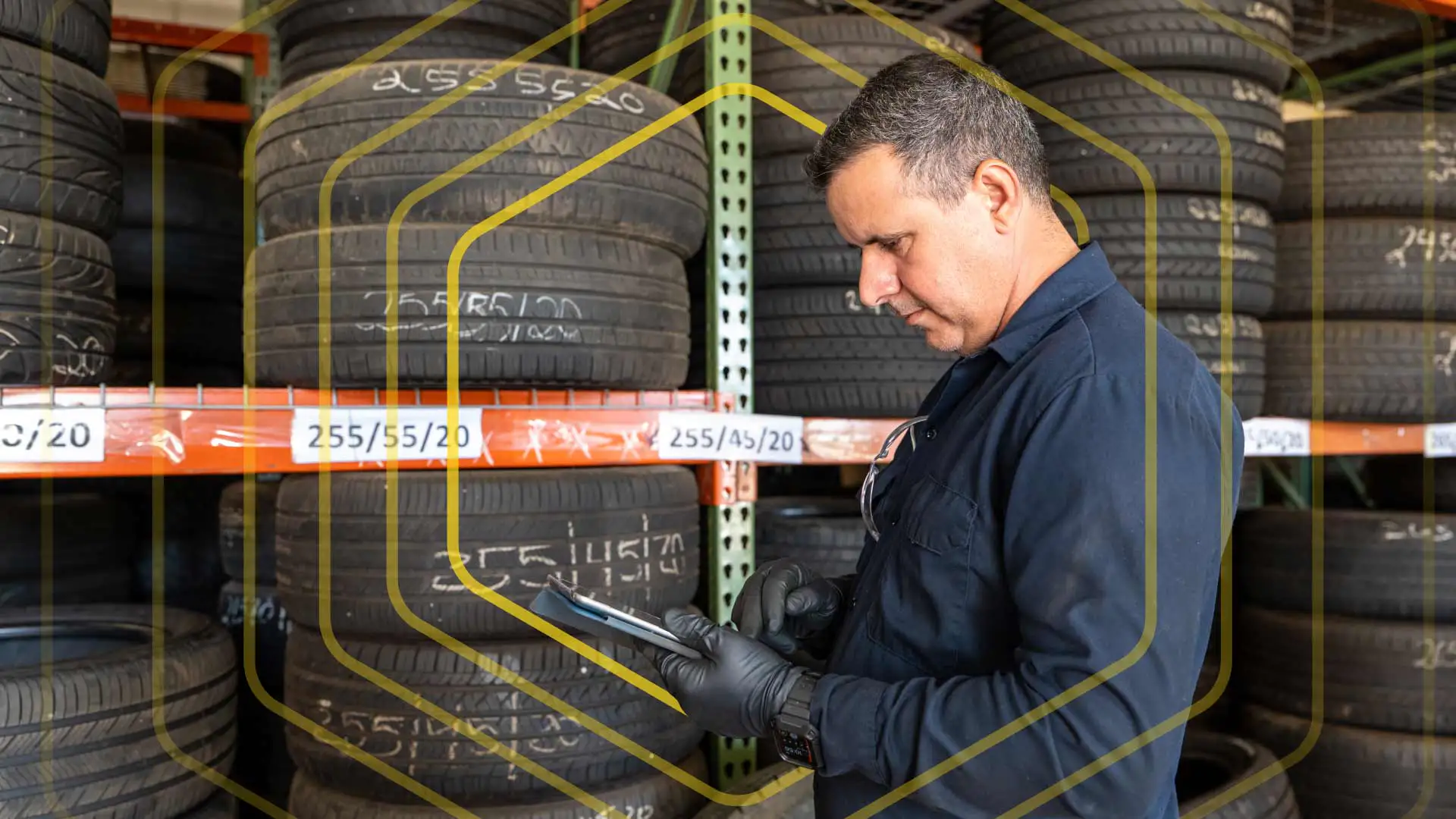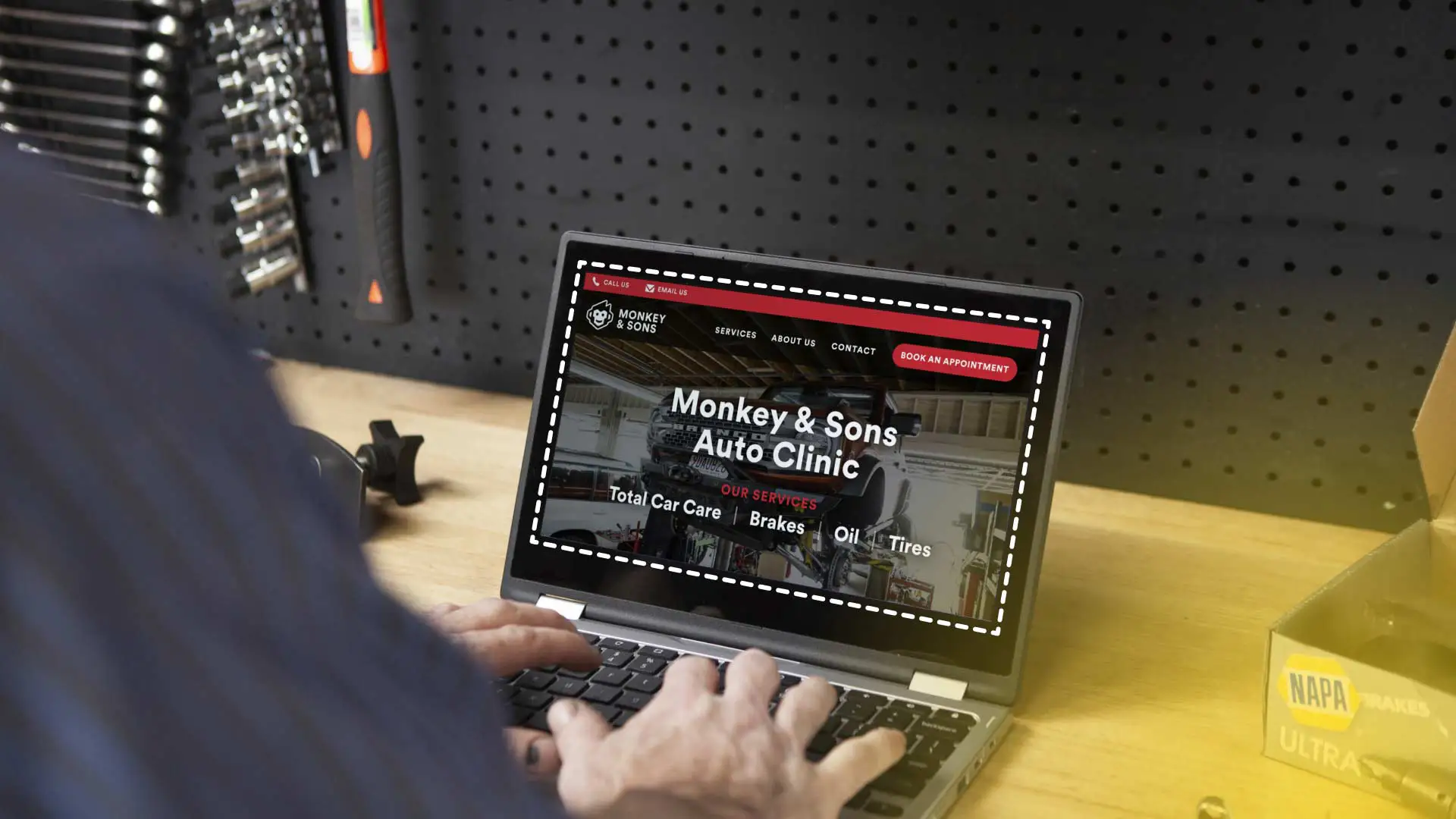Efficient automotive inventory management for parts is essential to the long-term success of auto shops, regardless of their area of specialization. Shops need to know what inventory they have, what they need, and when they can get it to fulfill customers' needs.
Unfortunately, efficiently managing inventory for shops is often as difficult as it is necessary. These difficulties become even more pronounced in situations in which shops are dealing with multi-location inventory management. All too often, shops find themselves in situations in which they're either overstocked, understocked, unable to centralize inventory management, or unable to accurately track parts usage—leading to overspending, unused parts, and frustrated employees and customers.
Commonplace Inventory Problems
Shops often rely on manual processes to manage their auto shop inventory. However, these traditional methods are slow, painstaking, and not easily duplicated. As a result, they often lead to several problems, including inaccurate tallies for parts. This means that shops don't know the exact number of parts they have for a specific job. This can lead to two issues. They may order too many or too few parts, resulting in wasted money or, worse, an inability to serve customers on time.
When shops rely on old-fashioned methods for managing their automotive inventory across multiple locations, it becomes difficult to keep track of which parts are actually being used. As a result, managers may not know when they need to reorder certain items, which can result in inventory shortages and operational problems.
In situations without centralized inventory management, it can hurt every party involved. Different departments may make choices based on wrong information, creating friction between them. Customers may also be affected by longer wait times for routine jobs, which could push them to look for another shop. Ultimately, shop owners bear the financial burden of such inefficiencies, whether from overstocking parts that are never used or paying high prices for rush orders to satisfy customers and prevent them from switching to another shop.
The Modern Approach
Managing inventory can be a challenge for many shops, but relying on parts inventory software can help minimize, if not eliminate, some of the woes. Shopmonkey, for instance, helps shops centralize and formalize inventory processes in a way that eases the burden of multi-location automotive management, providing a single spot to manage all aspects of inventory, parts ordering, and accounting for parts used while providing services. This helps shops understand what's in stock, what's needed, and what's currently in use. Real-time inventory tracking, with automatic updates when parts are added to estimates and purchase orders eliminates the need for tracking down inventory after the fact.
Shopmonkey offers integrations with reputable parts dealers such as Nexpart, WORLDPAC, PartsTech, and others. This allows auto repair shops to quickly and easily browse options for procuring the necessary parts, purchasing them, and creating purchase orders without ever leaving the software. The software also syncs with QuickBooks to ensure financial transactions are properly tracked and managed.
A Well-Stocked Shop
Parts inventory management software is an effective solution for shops to resolve their inventory issues. This has become a necessary tool for shops to keep their stock well-managed, reduce departmental conflicts, and ensure timely service for customers.
If your shop is not currently using an inventory solution, it's a good time to consider exploring this option to maximize your competitive edge. Get ready for streamlined inventory management!




